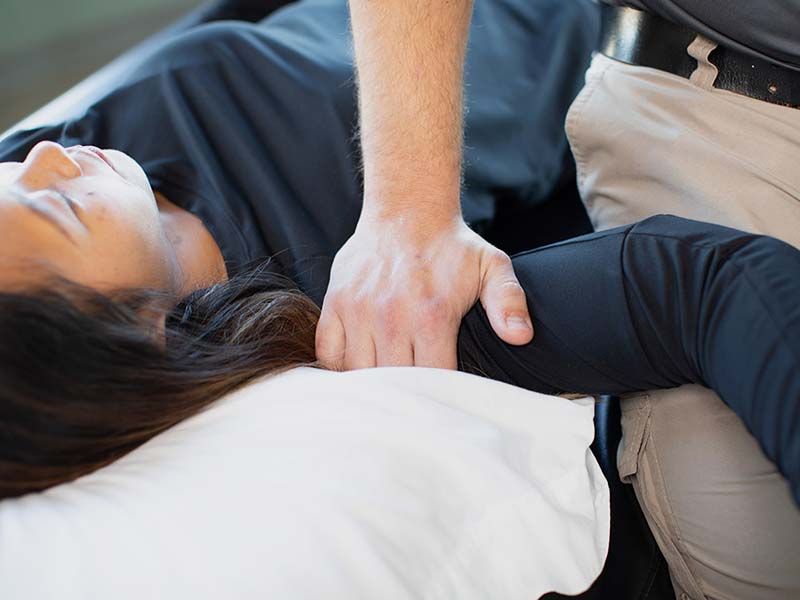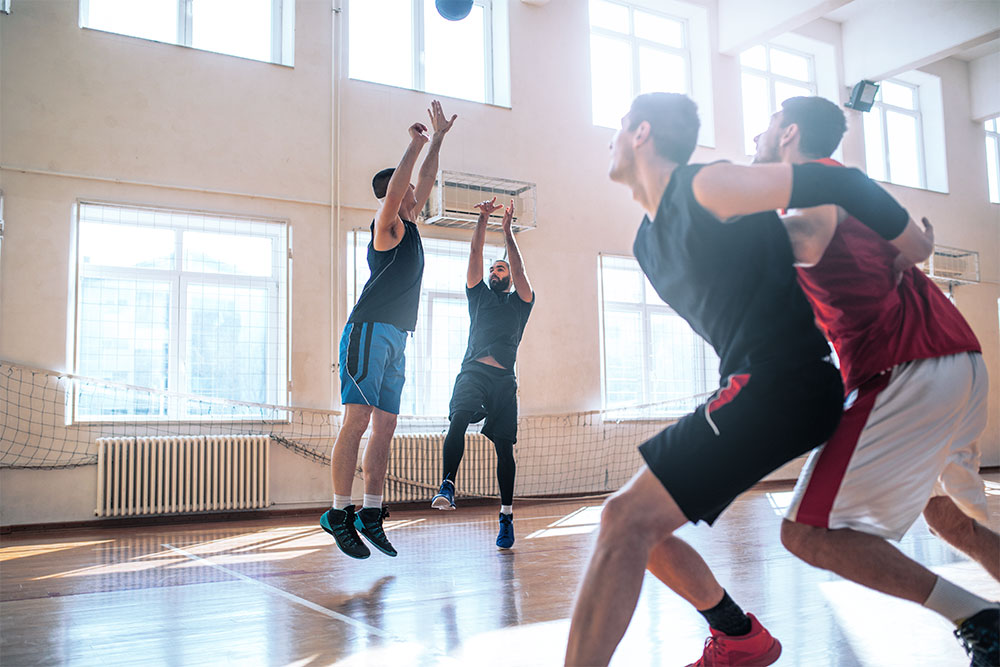Some of the most common sports injuries happen from repetitive motion or overuse. Anyone can experience a sports injury, from amateurs to elite athletes. Fortunately, you can take steps to lessen the chances that one will occur. Proper treatment is essential to return to your pre-injury state if you encounter an injury.
What Are the Most Common Sports Injuries?
Sports injuries occur frequently and can affect almost any part of the body. Here are some that are among the most common.
1. Epicondylitis (Golf & Tennis Elbow)
Epicondylitis is inflammation of the tendons of your elbow. Excessive flexion and extension of your wrist can cause tiny tears in the tissues of the tendons. There are two types of epicondylitis: Medial epicondylitis affects the inside of your elbow, while lateral epicondylitis occurs on the outside. Medial and lateral epicondylitis are more commonly known as golfers and tennis elbow.
Both types of epicondylitis may resolve by avoiding the activity that causes the pain, giving the tendon time to heal. If rest is not enough, physical therapy modalities or exercise might help.
2. Shin Splints
Vigorous sports activity or running can cause pain along the inner edge of the shinbone, known as shin splints. The medical term for shin splints is medial tibial stress syndrome. It often occurs after a sudden change in physical activity, so it is vital to increase your workouts’ intensity gradually.
Treatment for shin splints is usually conservative, consisting of ice, over-the-counter pain medication, and rest. If the pain persists, you should see a doctor to rule out a stress fracture.
3. Hamstring Strain
Activities that cause you to fall forward or kick the leg out sharply can strain the hamstring, which refers to three muscles in the back of the thigh. Treatment for a hamstring strain often consists of RICE treatment at first. It can progress to physical therapy to improve the strength and flexibility of the hamstring once the initial swelling and pain have resolved.

4. Patellofemoral Syndrome (Knee)
Several tissues help to aid the movement of your kneecap against the end of the thigh bone. Activities that involve running or jumping can damage these tissues, and patellofemoral syndrome can result. Orthotic shoe inserts that take pressure off your knee joint can help, as can physical therapy to strengthen the quadriceps. Healing patellofemoral syndrome can take up to six weeks.
5. Ankle Sprain
The ligaments on the outside of the ankle are relatively weak. If the ankle gets twisted, it can cause them to stretch or tear, resulting in a sprain. Ankle sprains can be extremely painful, and you should immediately see a doctor to rule out a fracture. Physical therapy is crucial to recovering from an ankle sprain because the right exercises can help rebuild flexibility and strength.
6. Anterior Cruciate Ligament Tear (Knee)
The ACL slants diagonally across the knee to hold the joint’s bones together. ACL tears are common in sports that involve a lot of cutting. A tear of the ACL usually requires surgery to repair, followed by physical therapy for rehabilitation.
7. Groin Pull
The groin muscles are those on the inner thigh. Strain injuries of these muscles are common in sports such as baseball, football, and hockey, which require a lot of side-to-side motion. Reinjury can occur if you return to activity too quickly after a groin pull, but the conservative treatment of rest, ice, and heat typically treats the injury. If a groin strain causes significant swelling, see a doctor immediately.

8. Shoulder Injuries
The shoulder is the most unstable joint in the body, and while this affords it the greatest range of motion, it also makes it particularly susceptible to injury. A tear of the rotator cuff, which consists of four tendons holding the shoulder joint in place, is one of the most common sports injuries. Other common shoulder injuries include sprains, strains, and dislocations.
9. Sciatica (Back)
The sciatic nerve extends from the low back down the length of each leg. An injury to the spine, such as a bulging disk, can put pressure on the sciatic nerve, causing pain, numbness, and tingling down the leg. These symptoms are referred to as sciatica, which commonly occurs in sports that require a lot of upper body rotation or a flexed forward posture.
10. Achilles Tendonitis (Ankle)
Found at the back of the ankle, the Achilles tendon connects the heel bone and the calf muscle. A tear can result from overuse of the calf muscles. Treatment for an Achilles tendon tear typically involves anti-inflammatories, rest, ice, elevation, and compression.
If you’ve experienced a sports injury that is causing you chronic pain, whether recently or in the past, reach out to one of our sports medicine specialists at Foothills for a free injury assessment.





